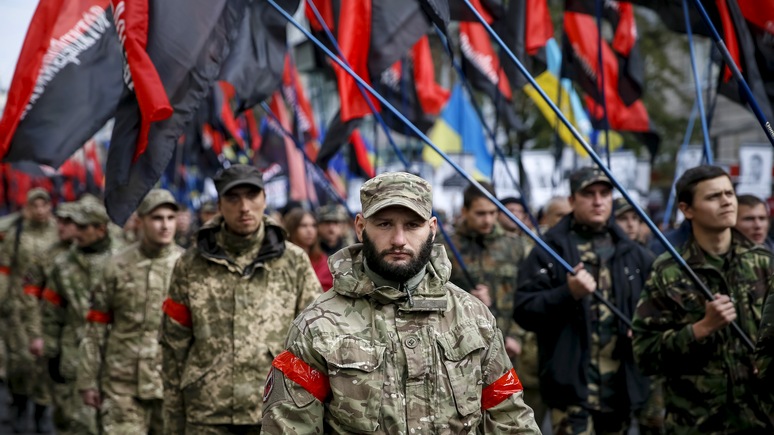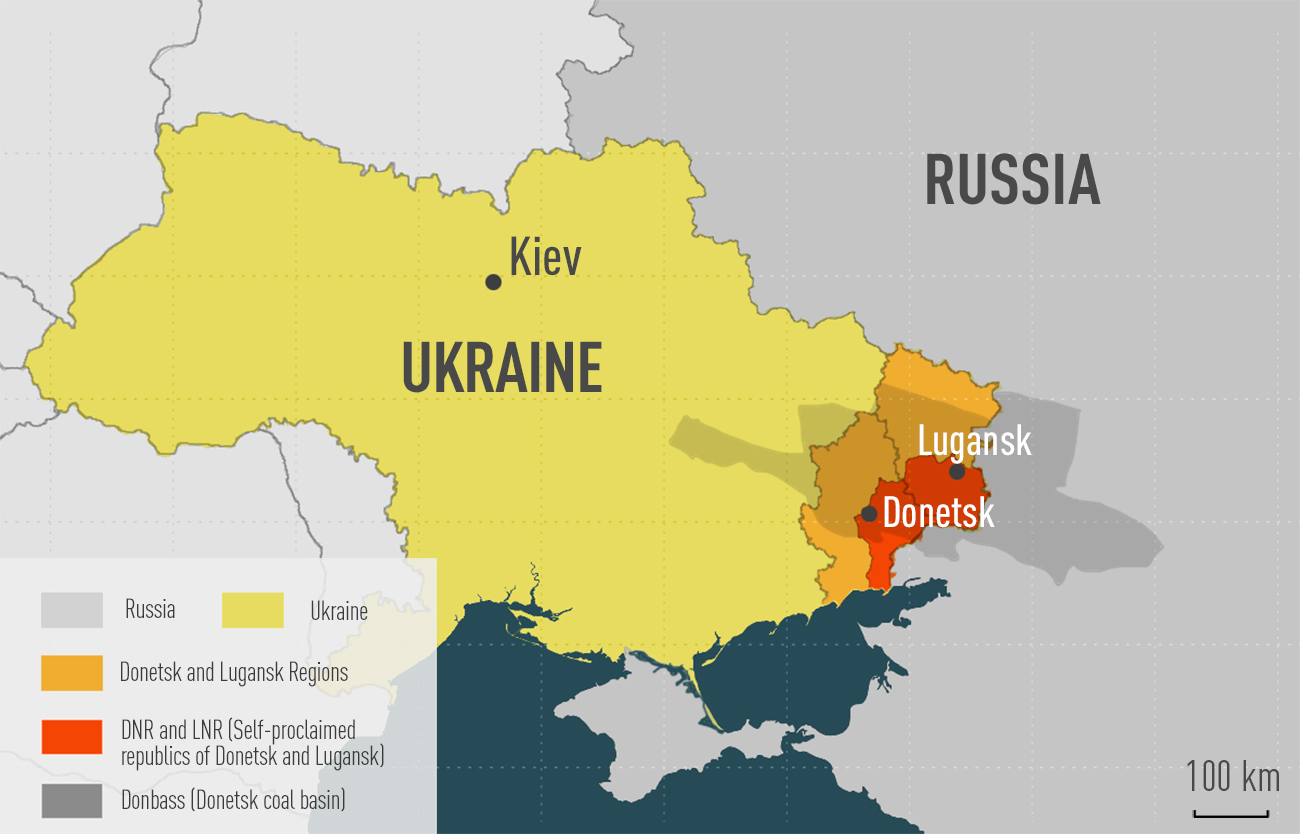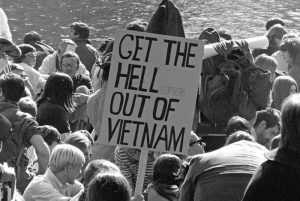
Views: 852
On November 26 the New York Times asserted that “Russia’s seizure [on November 25] of three Ukrainian naval vessels was the first overt armed conflict between the two since 2014, when Russian forces occupied Crimea.”
There was no armed conflict in Crimea and not a drop of blood was spilled. There was no “occupation” because, under treaty, over 20,000 Russian troops were stationed there.
Crimea’s citizens have always been Russian-speaking, Russian-cultured and in general pro-Russia. Following the US-sponsored rebellion in Ukraine that went the way the US intended it to go, there was the awkward matter of Crimea which had been part of Russia until, as noted by the BBC, “In 1954 Crimea was handed to Ukraine as a gift by Soviet leader Nikita Khrushchev.” In 2014 the majority of Crimean citizens wanted to rejoin Russia rather than stay with crippled post-revolution Ukraine which would have victimized them because of their Russian heritage. In March 2014 Crimea’s parliament voted to ask to join Russia. A referendum was held and the vast majority of voters were in favor. But you wouldn’t know this from western media or politicians, who continue to refer to Russia’s supposed “annexation” of Crimea.
The Ukraine revolution of 2014 was encouraged by the United States whose Assistant Secretary of State for European and Eurasian Affairs, Victoria Nuland, was photographed together with the US ambassador handing out cookies to rebels in Kiev’s Maidan Square in December 2013. (The goodies were taken to the square by her armed US security guards. Then when the time was right for the cameras she was given the bags and doled them out. It was a gruesome but well-orchestrated little pantomime.)
Nuland was up to her ears in the coup, and the BBC’s record of one of her telephone conversations shows just how deeply the US was involved. She is heard saying “I don’t think Klitsch should go into the government. I don’t think it’s necessary, I don’t think it’s a good idea” but that “I think Yats is the guy who’s got the economic experience, the governing experience.”
What a sterling supporter of democracy, to be sure.
Crimea is Russian and the only reason the US-NATO military alliance wanted (and still want) it to be owned by Ukraine is that a Russian naval fleet is based there and would have to leave if the Ukrainians took over.
Washington continues to brandish military muscle all round the globe and has recently been concentrating on confronting Russia and China. Its policy and deployments were explained by the US Air Force Secretary in September when she declared that Washington felt threatened because “Less than a week ago Russia began the largest exercise on Russian soil in four decades … with more than 300,000 troops and 1000 aircraft . . . on the other side of the world, China’s first aircraft carrier was declared combat ready this year, and promptly sailed into the Pacific to conduct flight operations.”
The absurdity of that statement escaped fitting comment by the West’s mainstream media, which also considers it astonishing that Russia should carry out a military exercise in its own territory following the massive build-up by the US-NATO military alliance along its borders.
Foreign Policy in Focus observes that “In all NATO countries in Eastern Europe, the US Air Force is investing multimillion-dollar sums in the expansion of its air bases, with more than $50 million pouring into a base in Hungary, more than $60 million allocated to the modernization of two air force bases in Romania, and two bases in Slovakia that will be upgraded with more than $100 million, besides various base upgrades in other countries in the region.”
In October President Putin made it clear there would be decisive action if there is any attack on Russia, and “the aggressor should know that retaliation is inevitable, and he will be destroyed.” Russia has “precision hypersonic weapons” exemplified by the Kinzhal missile and a new system, the Avangard, that will enter service in the next few months.
His outlook and approach are echoed by China’s leader, President Xi Jinping, who reminded those attending the Asia-Pacific Economic Cooperation summit in Papua New Guinea on November 17 that “History has shown that confrontation, whether in the form of a cold war, a hot war or a trade war, produces no winners.”
In early 2018 President Xi said that China “will forge a powerful military that is ready to respond to the call, to fight and to win a war,” and in October, following Washington’s ramped-up military activity in and around the South China Sea, the President told his armed forces to “concentrate preparations for fighting a war”.
What China and Russia are saying is plain, blunt and unambiguous : stay out of our territory; stop prodding our borders and cease your coat-trailing provocation.
The Air Force Secretary added to absurdity by declaring that “now all of Southeast Asia is within reach of China’s long-range bombers” — presumably considering it irrelevant that in October, in the latest of a series of provocative operations, two nuclear-capable USAF B-52 bombers from Barksdale Air Force Base, Louisiana, overflew the South China Sea. As reported in the Air Force Times “the flights were in support of US Indo-Pacific Command’s Continuous Bomber Presence, a mission focused on deterring regional challengers.”
Regional challengers? Just who is challenging whom with a “continuous bomber presence”?
Like Russia, China has developed advanced weapons to counter the menace patrolling and probing its borders, and these could be employed effectively in the event of US confrontation getting out of hand in the South China Sea.
A CNN headline in October was “US Navy proposing major show of force to warn China” and it indicated that the “Pacific Fleet has drawn up a classified proposal to carry out a global show of force as a warning to China and to demonstrate the US is prepared to deter and counter their military actions . . . The plan suggests sailing ships and flying aircraft near China’s territorial waters in the South China Sea and Taiwan Strait in freedom of navigation operations to demonstrate the right of free passage in international waters. The proposal means US ships and aircraft would operate close to Chinese forces.”
If Washington is insane enough to go ahead with this deliberately confrontational fandango, there could be serious consequences. Chinese warships could maneuver to bar US Navy vessels from coming with 12 nautical miles of one of its islands in the South China Sea, and if there were attempts by the US to penetrate that barrier, there could well be a major incident. Should this involve damage to a Chinese ship, Beijing would not stand idly by and would respond appropriately. Given its inventory of weapons, especially its advanced torpedoes, this could involve destruction of one of the US Navy’s carriers.
There are similar possibilities in the north. CNN noted that “Currently the aircraft carrier USS Harry S Truman is taking the unexpected step of operating in the North Sea — sending a signal to Russia that US military forces can extend their reach to that area.” But if US warships behave aggressively it can be expected that Russia will counter such behavior most forcefully.
In October the Commander of US Naval Forces Europe, Admiral James Foggo, told the US Naval Institute that “it would be important to have a greater naval presence in Europe than the US has had in the last two or three decades, and that this year’s presence by the Harry S Truman Carrier Strike Group and the Iwo Jima Amphibious Ready Group were part of the effort to boost presence to reassure allies and to keep an eye on Russian activity. With the Truman Strike Group now back in the region — spending time in Iceland and the North Sea ahead of Trident Juncture [the November 2018 anti-Russia US-NATO exercise based in Norway] — ‘that sends a very strong message that the United States will operate anywhere, either unilaterally or in collaboration with our NATO partners and allies. And like I said, nobody in the world can come close to a US nuclear-powered aircraft carrier in terms of firepower, dwell and endurance,’ he said.”
Foggo’s diatribe ended with the juvenile but dangerous pronouncement that “And those guys and gals out on that carrier and the Marines are doing a fantastic job. So we’re keeping the adversaries back on their heels. They don’t know where we’re going next and that’s a good thing. And we’re working more with allies and partners because we have that additional capability. Right now I have — I think, at last count — 495,000 tons of grey-hulled shipping operating in the theatre. And that’s great. I love it.”
This type of trigger-happy immature belligerence is official warning of US policy as regards Russia and China, and it is not surprising that both nations are taking action to counter Washington’s confrontation.
Originally published on 2018-11-30
About the author: Brian Cloughley writes about foreign policy and military affairs. He lives in Voutenay sur Cure, France.
Source: Counter Punch
Origins of images: Facebook, Twitter, Wikimedia, Wikipedia, Flickr, Google, Imageinjection & Pinterest.
Read our Disclaimer/Legal Statement!
Donate to Support Us
We would like to ask you to consider a small donation to help our team keep working. We accept no advertising and rely only on you, our readers, to keep us digging the truth on history, global politics and international relations.
FOLLOW US ON OUR SOCIAL PLATFORMS












